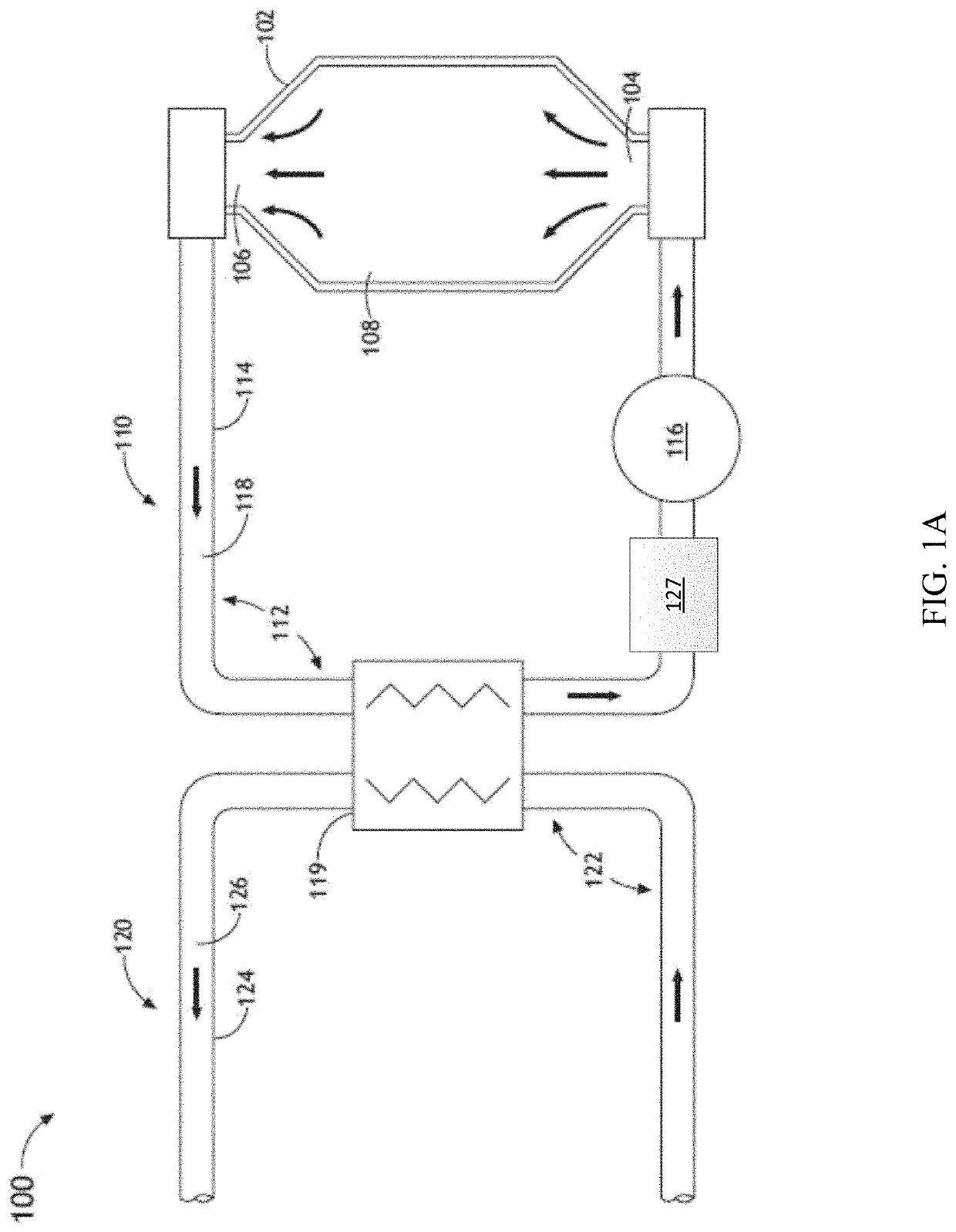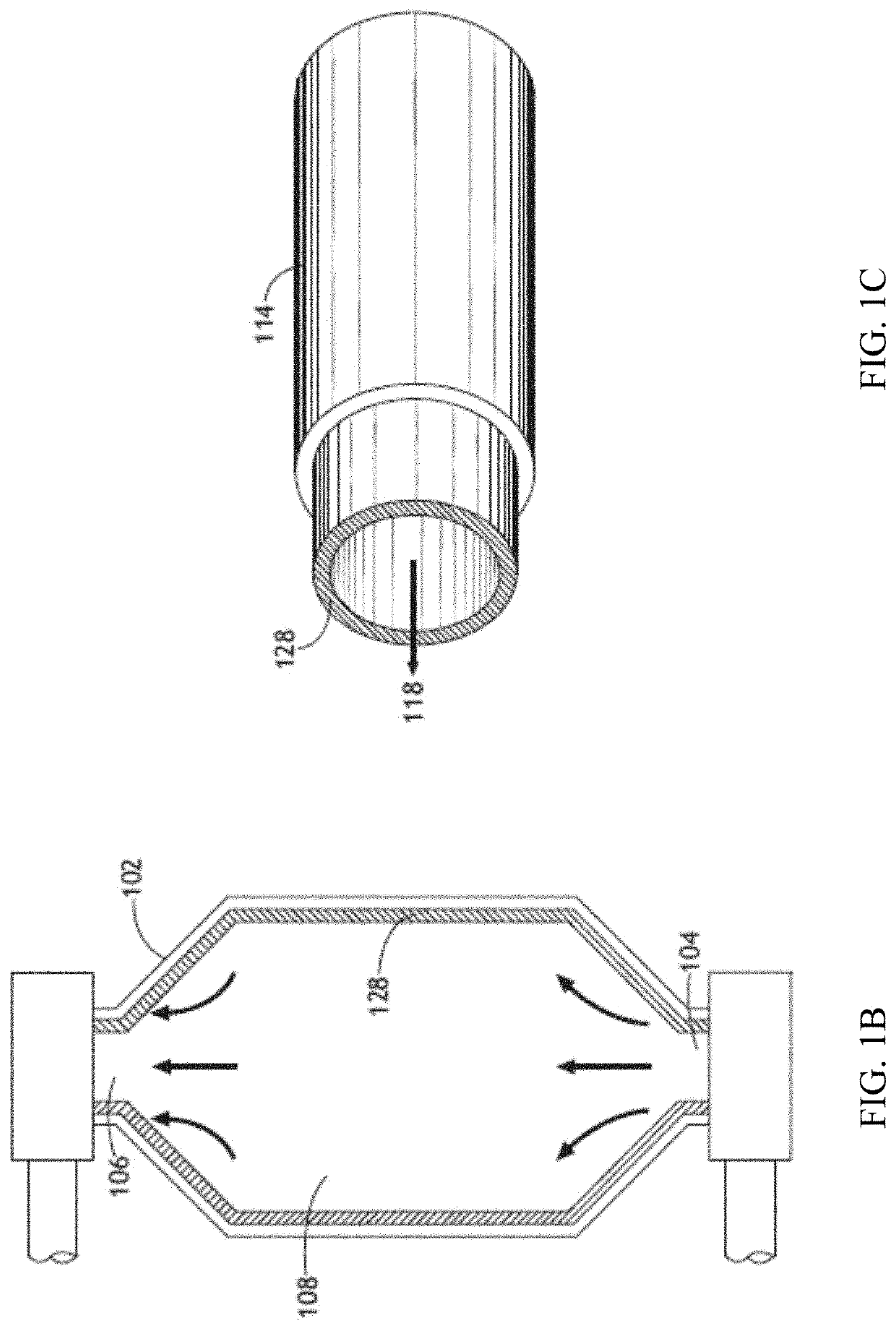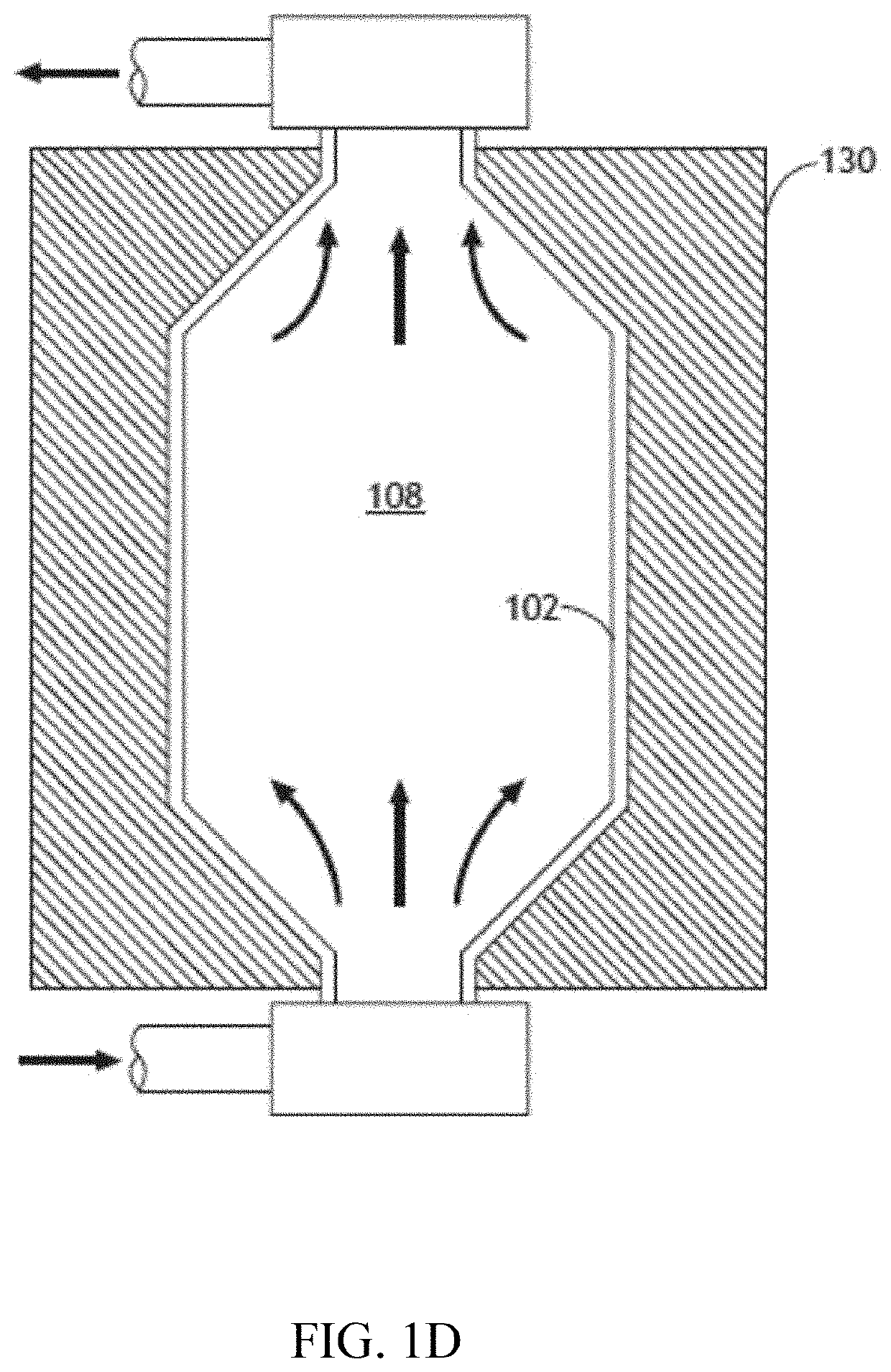Anti-proliferation safeguards for nuclear fuel salts
a technology of nuclear fuel salts and safeguards, which is applied in the direction of nuclear reactors, nuclear elements, greenhouse gas reduction, etc., can solve the problems of limiting the fuel fabrication process and reducing the desirability of lanthanide-loaded fuel for weapons-grade purposes
- Summary
- Abstract
- Description
- Claims
- Application Information
AI Technical Summary
Benefits of technology
Problems solved by technology
Method used
Image
Examples
Embodiment Construction
[0035]This disclosure describes embodiments of nuclear fuel salts usable in certain molten salt reactor designs and related systems and methods. Binary, ternary and quaternary chloride fuel salts of uranium, as well as other fissionable elements, are described. In addition, fuel salts of UClxFy are disclosed as well as bromide fuel salts. This disclosure also presents methods and systems for manufacturing such fuel salts, for creating salts that reduce corrosion of the reactor components and for creating fuel salts that are not suitable for weapons applications.
[0036]The present disclosure is directed to a fast spectrum molten salt breed-and-burn nuclear reactor fuel and methods of fuel fabrication, management and use.
[0037]Much of the historical and current research related to molten salt nuclear fission reactors focused on uranium- and thorium-based fluorine salts. The molten chlorides differ significantly from the fluoride based salts due to a couple of key aspects. First, chlori...
PUM
 Login to View More
Login to View More Abstract
Description
Claims
Application Information
 Login to View More
Login to View More - R&D
- Intellectual Property
- Life Sciences
- Materials
- Tech Scout
- Unparalleled Data Quality
- Higher Quality Content
- 60% Fewer Hallucinations
Browse by: Latest US Patents, China's latest patents, Technical Efficacy Thesaurus, Application Domain, Technology Topic, Popular Technical Reports.
© 2025 PatSnap. All rights reserved.Legal|Privacy policy|Modern Slavery Act Transparency Statement|Sitemap|About US| Contact US: help@patsnap.com



